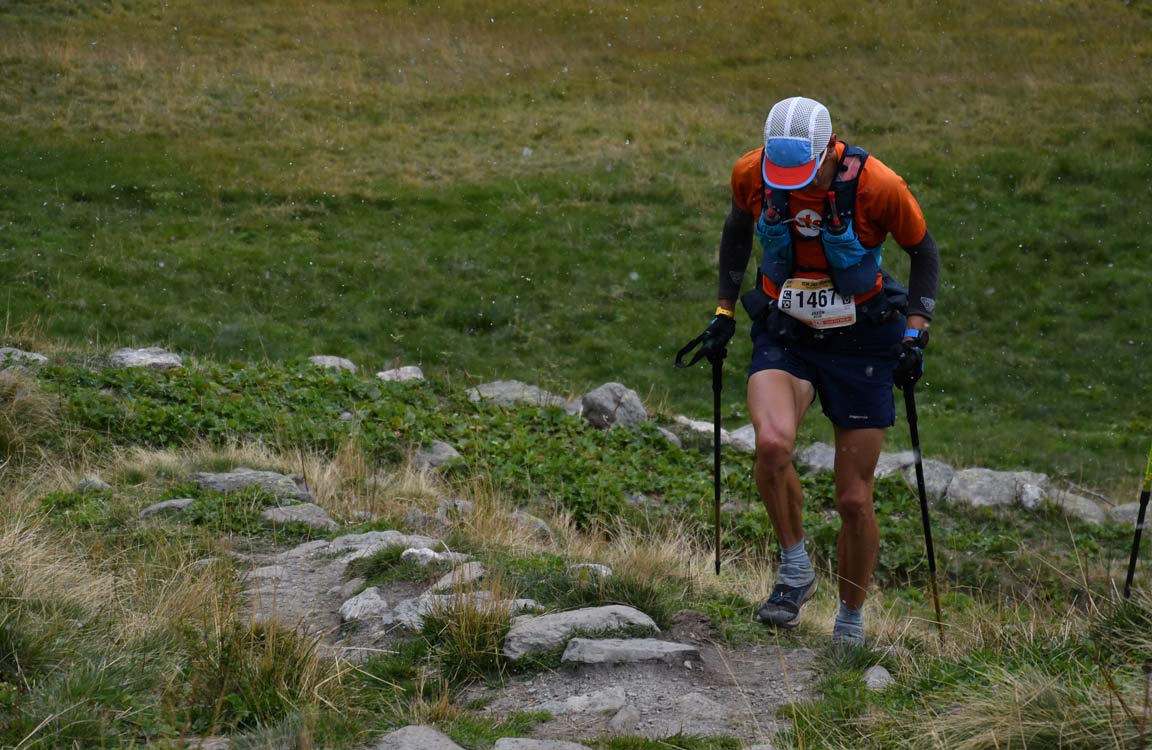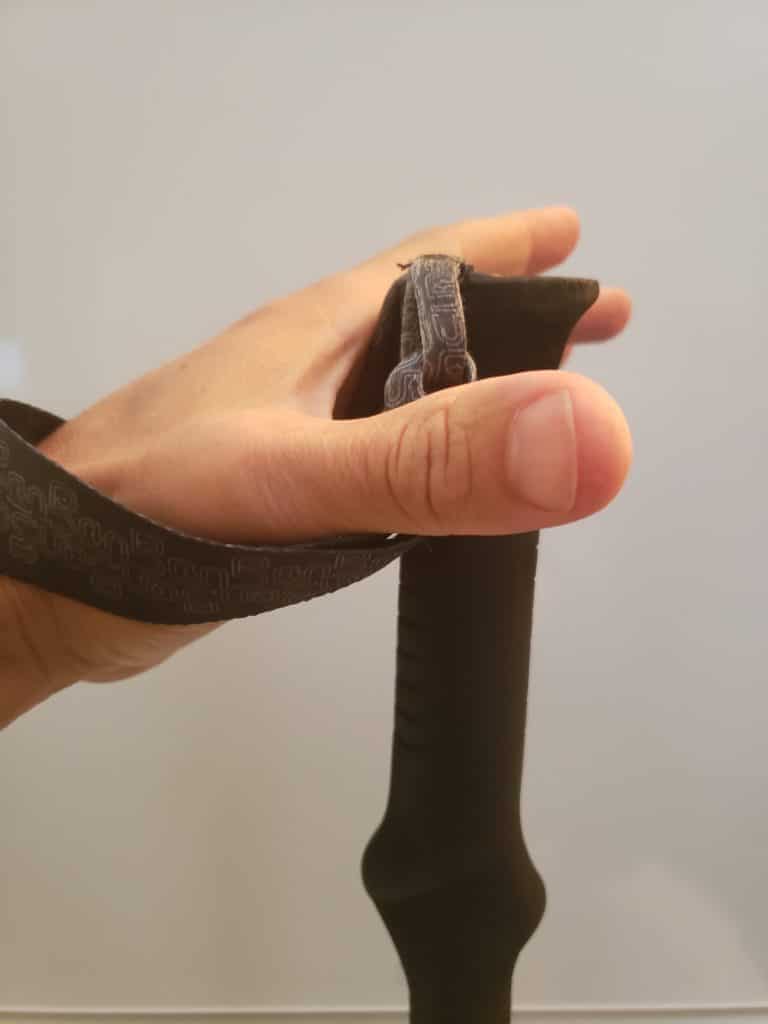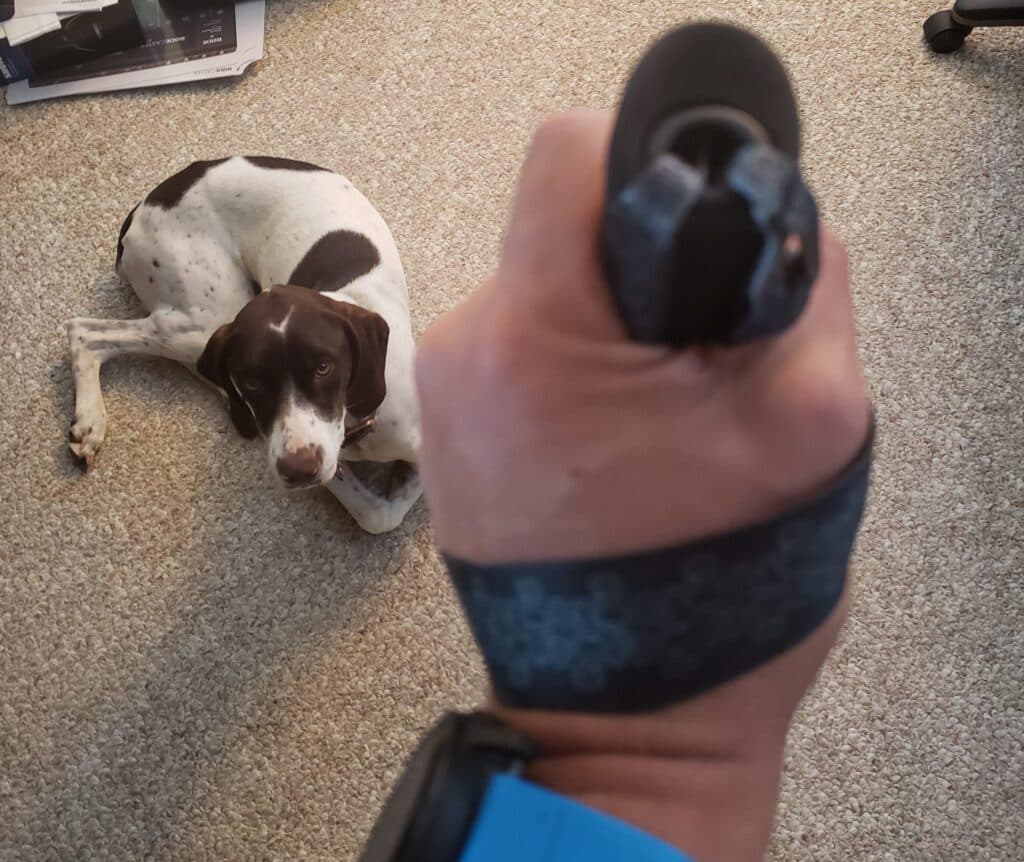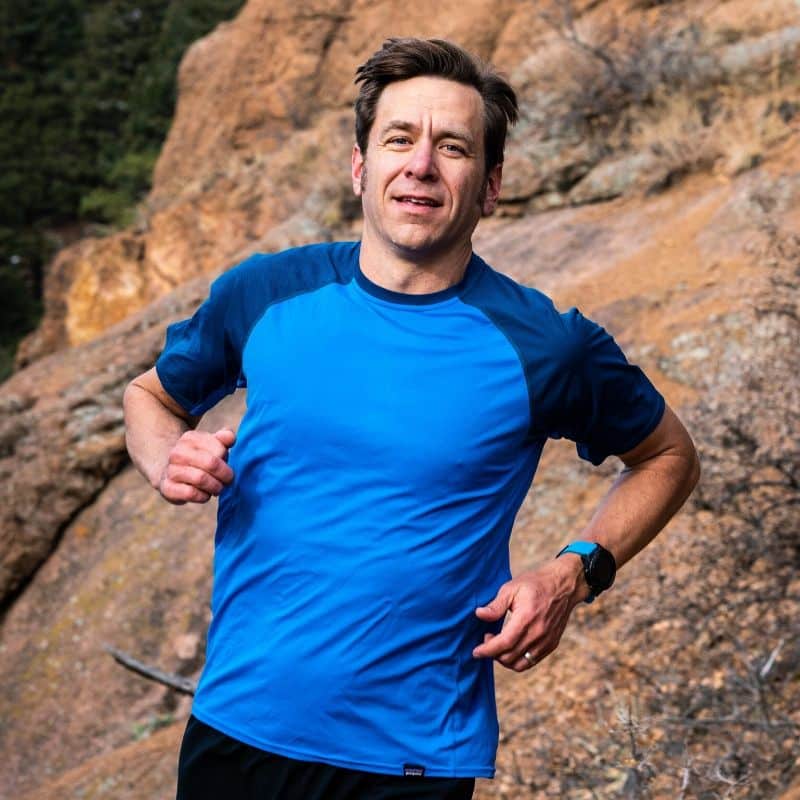
4 Running Pole Techniques Trail and Ultrarunners Should Master
By Jason Koop,
Head Coach of CTS Ultrarunning
This article is the fourth in a series of how to use poles in trail and ultrarunning. If you missed article one (when poles are beneficial and when they are not) and two (how to choose the right type and length of poles), and three (the science of poles in trail running) go check them out.
If you are just learning to use poles, give yourself time to practice. The technique will take time to acquire, as will strengthening the arms and shoulders for the additional work. I recommend athletes spend at least 4 weeks training greater than 3 days per week with poles if they plan on using them during a race.
You can use poles for hiking, running, as well as downhill running. In each case, a slightly different pole technique can be used. In order to illustrate best practices, I asked our pole running expert Coach Adam St. Pierre to create some short videos of each technique. Bear in mind, the advantage of using poles is that they lighten the load for the work that your legs have to do. Your RPE, breathing rate and heart rate will likely be higher using poles than hiking and running, even when the speed would be the same. In longer ultrarunning races, this is a generally a good tradeoff.
Uphill Technique 1- Hiking with poles on gradual uphills.
This technique will be the most common late in races on climbs that you might run during any day of normal training, but due to the fatigue late in the race, you are hiking. Note that Adam’s pole strikes are timed with each foot strike contralaterally (the right pole will strike the ground in coordination with the left foot). This maximizes the push you get from the poles as the force from the poles are in coordination with the push phase of the step. Also notice that Adam’s pole strikes the ground in line with where the foot lands (not in front of or behind). This once again maximizes the push phase, takes full advantage of the force generated from the poles and therefore reduces the work of the legs.
Feel Stronger in 6 Weeks — No Matter Your Age
Climbs feel steeper? Recovery slower?
You’re not done getting faster — you just need a smarter plan.
The 6-Week Masters Power Build Coaching Program is designed for cyclists 50+ who want to boost power, recover faster, and ride stronger — all with expert 1:1 coaching.
- Personalized 6-Week Training Plan
- 1:1 Coaching + TrainingPeaks Premium
- Mobility & Strength Bonus Guides
💪 Guarantee: Stronger or free.
Start your 6-week journey for $149Uphill Technique 2- Hiking with poles on steep, rocky uphills
In steeper terrain, or terrain that contains waterbars or other rock-type steps, the preferred technique is to use both poles and take 3 steps. Reach the poles up onto the step, and begin applying force to the poles as you step “through” your poles, continue pushing by extending your triceps until you are past your poles, then bring them up again. This allows you to hoist yourself up on to the higher terrain and will also stabilize you during the step up motion, which is particularly useful in technical and even off camber terrain.
With this technique, you can also slightly offset your pole strikes to accommodate for rocks that are in the way, changes in the camber, or even a switchback.
Uphill Technique 3- Running with poles
On gradual uphills, or flats late in a race, you can use your poles to give your running stride a little extra oomph, therefore increasing stride length and speed. As with technique 1, the arm/leg coordination is contralateral (the right pole strike is times with the left foot strike) and the pole strikes should be in the same horizontal plane as where your foot lands. I would consider this an advanced technique, so give yourself some extra training time with this.
Downhill technique
Poles on the downhills can be used to brake, steer, and assist with balance. Notice that Adam is using both poles at the same time to catch himself and soften the impact of downhill running. In this way, the poles will need to be placed in front of the foot strikes and each pole will be removed from the ground near where your body moves through the poles. I find that athletes who struggle with this aspect of using poles can do themselves a favor by focusing on their vision during the training process. Terrain needs to be processed at a faster speed during the downhills, and the fact that you are trying to coordinate four points of contact further complicates the matter. In training, you can start with more benign downhill terrain and move to more technical downhill as you gain confidence.
► Free Cycling Training Assessment Quiz
Take our free 2-minute quiz to discover how effective your training is and get recommendations for how you can improve.
Don’t be a rookie
Finally, for those of you newer to using trekking poles, here’s two final pieces of advice. Get these right and you will look like a pro. Get these wrong, however, and you will get made fun of no matter how good you think your trail running friends are.
Don’t be a rookie advice #1: Use the straps around your hands, not your wrists. If you have a set of poles with straps, use them. Although you will hear some athletes prefer to take the straps off to get them out of the way, you get better leverage by using them properly and most athletes find it’s easier to develop technique with straps as opposed to without. To avoid looking like a rookie, feed your hand up through the loop of the strap so that it wraps around your hand.

Figure 1- Feed your hand UP though the loop

Figure 2- Strap should wrap around the hand, not the wrist. Sasha approves of this.
Don’t be a rookie advice #2: Put the carbide tips in. Most poles will come with rubber or plastic tips for safety and storage. There is no reason to use these in any trail running situation. They are simply there so that they safer to ship, travel with and if on the off chance you use them indoors. Replace these tips with the carbide tips that will come with the poles. They grip the ground better and better yet, you will save a heckling from your fellow trail runners.
Figure 3- Use the carbide tips. Dirt is OK.
► FREE Mini-Course: Learn How to Maximize Your Limited Training Time
Learn step-by-step how to overcome limited training time and get faster. Walk away with a personalized plan to increase your performance.
"*" indicates required fields


Comments 13
Pingback: Ep 341 - Trekking Poles, What Are They Good For? - Martha Runs the World Podcast
Pingback: Ultramarathon Daily News | Mon, Nov 4 - Yeovil Marathon
Pingback: Ультрамарафон Ежедневные Новости | Пн, 4 Ноября |
Thank you for the series. I am a newbie trail runner and used Black diamond Distance Z poles in my last 2 ultras. The track was a bit wet muddy and slushy because of rains the previous day and my pole tips kept getting stuck in the soft mud, making the foldable sections expand and then I had to get my straps out and again fix the poles back.
How can I avoid poles getting stuck in soft sections ?
Also does it make any sense to use 1 pole over both poles?
I like my one hand to be free – mentally ready to break a fall
Etc
Pingback: For The Love Of Nature – Randy's Runs
I like to use the straps most of the time, but for sustained and, especially, technical downhill, I take my hands out. A lot of places I run, a pole can get slotted between two rocks and won’t come smoothly out at faster downhill paces. I find it safer for me and the pole if I can let go. It can be annoying to have to stop and extract it, but better than snapping it or getting yanked off balance.
Some advice for downhill pole use, take your hands out of the straps, and just hold the poles. Especially if you’re running in snow, or mud, or any time that slipping is a possibility, if you’re attached to your poles and you slip, there’s a good chance you’ll either pull something in your arm, or hurt yourself with your pole. They are super helpful for balance and stability for steep and technical downhills, but it’s nice to have the option of just letting go if they become a weapon.
Pingback: Ultramarathon Daily News | Mon, Nov 4 | Ultrarunnerpodcast.com
I see Sasha is an English Pointer. Do you hunt upland birds with her? Oh, and great article by the way.
Great clear advice with the science and experience behind it. Really useful as an experienced ultra runner just starting out with poles.
Great series Jason! With a long cross country skiing background most of this second nature and will become such for anyone with practice. Most will eventually find themselves covering highly technical terrain much faster and easier with proper pole use. Its just practice and being one with the poles. And yes, keep the straps on!
I agree, great series! Very thorough and methodical, just as I’d expect from you.
Jason — I’ve really enjoyed this series, even though I’m a bike ultra racer and not a runner. I’ve used poles for hiking for more than a decade and wouldn’t hike seriously without them. For us old guys, it’s not about the speed…it’s about stability. You can go a lot faster, further if you don’t have a sprained ankle or a cracked knee! Thank you!